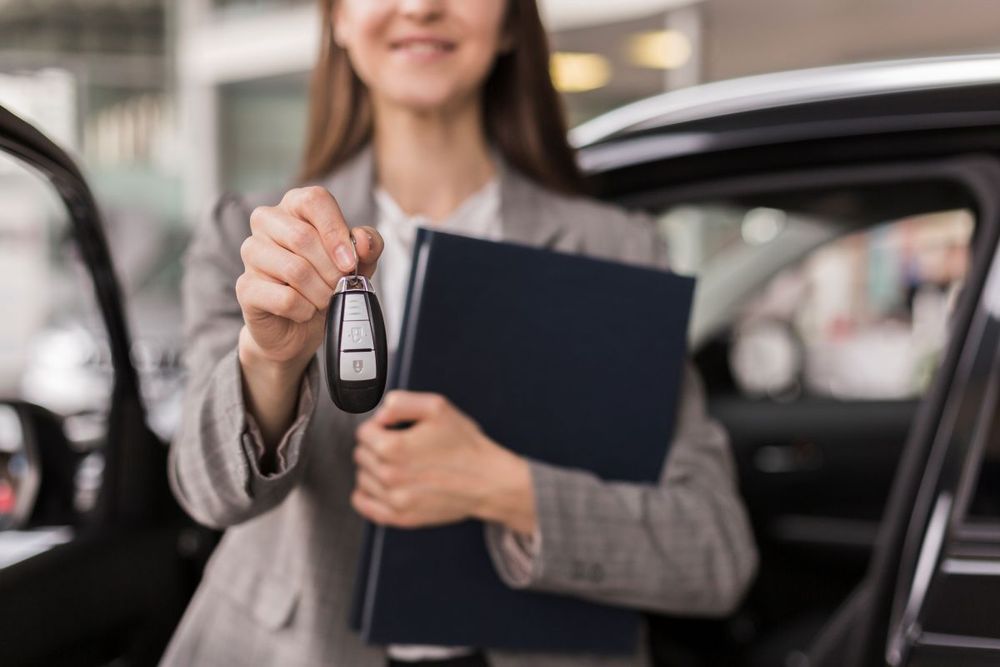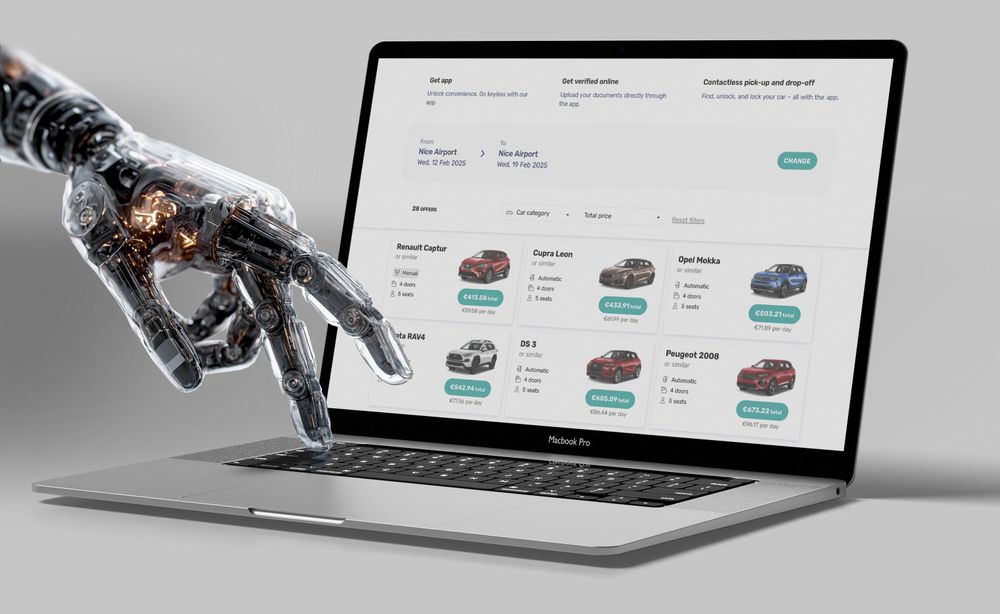Vehicle-to-vehicle (V2V) communication lets cars wirelessly exchange information such as speed, position, braking, and direction ten times per second. This constant exchange keeps vehicles aware of one another and their surroundings, helping them respond faster to traffic conditions. Because the system isn’t limited by the driver’s line of sight, it can detect potential hazards early and react more quickly, either by warning the driver or by taking action directly.
V2V isn’t just about safety; it also helps traffic move more smoothly by allowing vehicles to coordinate with each other, reducing congestion and improving overall flow.
This constant, direct communication creates a dynamic ad hoc network (also known as a VANET) between vehicles, offering a broader and faster understanding of the surrounding traffic than traditional sensors can provide on their own.
Vehicle-to-Vehicle (V2V) communication is a key part of the broader Vehicle-to-Everything (V2X) system, which also includes communication with traffic lights, road infrastructure, and pedestrians. V2V specifically focuses on short-range communication between vehicles, typically a few hundred metres, to enhance safety and coordination on the road.
V2V lets cars connect directly with each other in real time using technologies like DSRC or Cellular V2X, which rely on 4G or 5G networks. It focuses on fast, low-latency communication between vehicles without needing a centralised server or the cloud.
V2V communication will play a major role in the future of transport as cars get smarter and more connected. It will help vehicles work together more smoothly and make roads safer for everyone.



